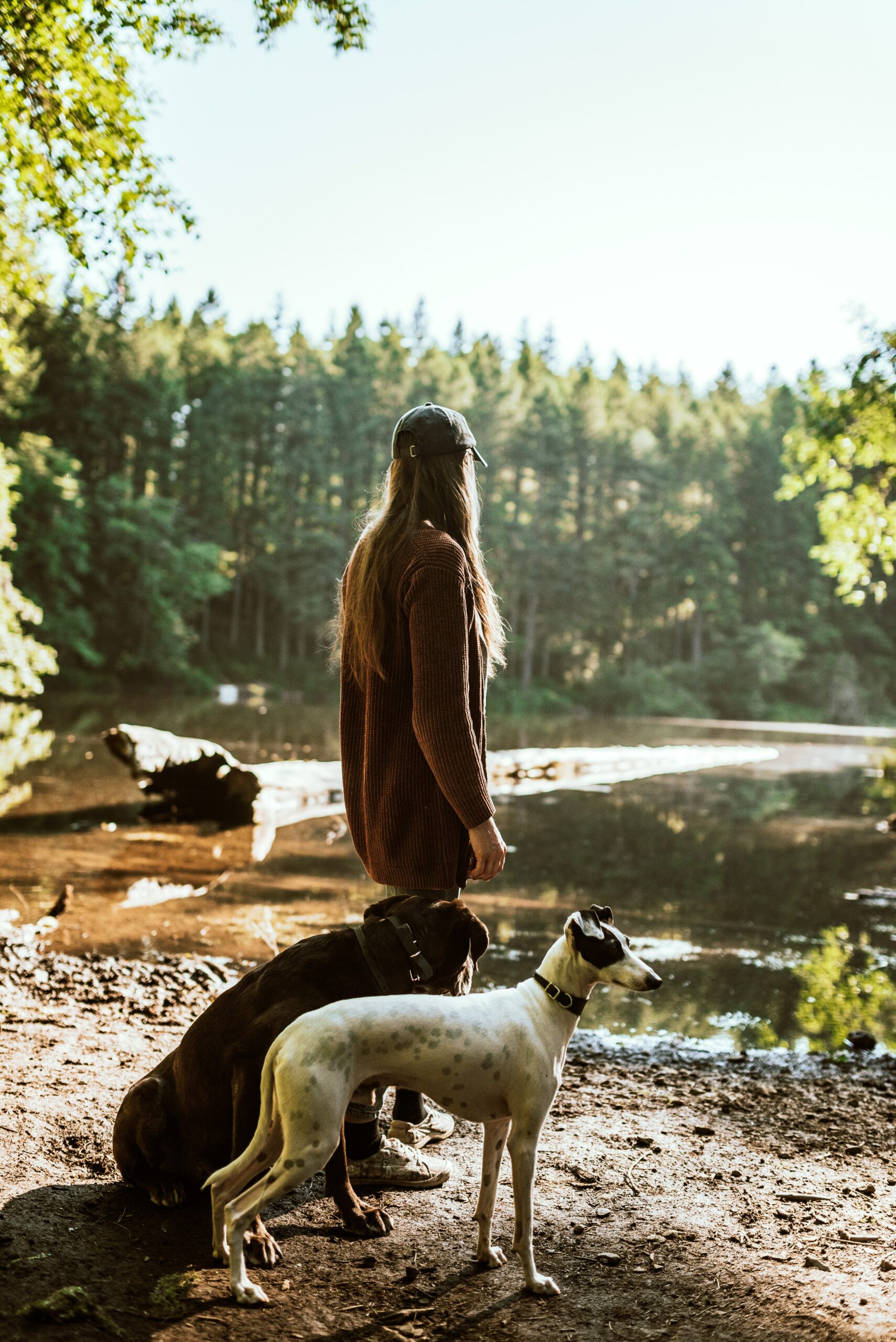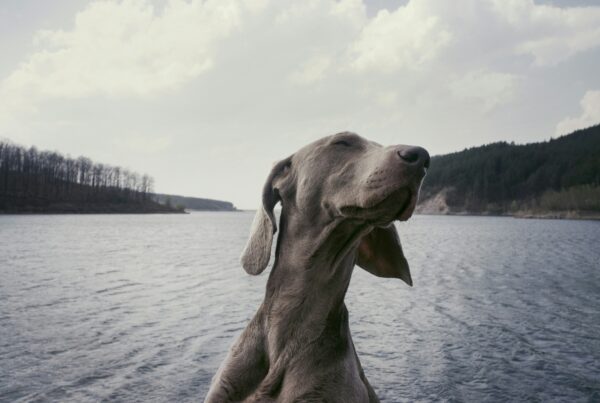One of the realities of living in New York is, you’ll probably encounter more than your fair share of wildlife as you make your way around the city. The city is known for its New York City rats, as well as many other types of pest that bother its citizens- squirrels, raccoons, opossums, hawks. So naturally, as time passes, New Yorkers are taking all the help they can get in this department, including the one coming from their very own dog.
As it turns out, dogs can actually be trained to spot and identify wildlife threats early on, and can end up saving you lots of money and, of course, safeguarding your property.
But How Can You Teach Your Dog to Identify Potential Threats?
First of all, you need to understand the difference between training your dog for a passive or an active reaction. Mostly, you want to be going for a passive reaction, since interaction between your canine and a wild animal can prove dangerous, if not outright fatal.
So rather than training your dog to attack when it identifies a wild animal, you want to focus on training it to simply alert you to the animal’s presence. You can reinforce passive behavior in your dog by rewarding it with treats or some sort of game. In time, your dog will learn not to chase or attack squirrels, rats, and the like, thus ensuring its own safety.
In order to help your dog in this task, you also want to do your research. Visiting websites such as pestcontrolraccoon.com, and reading up about the most common wild animals you’re likely to encounter in New York, you make everyone’s job a little easier.
Using Their Nose
Coming back to the training, a good way to familiarize your pet with the various wild animals in New York is, of course, scent training. As you no doubt already know by now, dogs have an impressive, heightened scent of smell, which makes them so good at detecting intruders (wild or otherwise).
Through fur, droppings, or even special materials designed for this type of training, your dog may learn to recognize the presence of a wild animal on your property, and specifically, to look for those substances. Naturally, success will be gradual and will depend on the type of scent you’re using to train your dog, since some materials are more pungent than others.
Unsure About Training Your Dog?
No worries, training your dog to perform simple tricks can prove to be quite a challenge, so it’s not a problem if you feel you’re out of your depth. As mentioned before, training your dog to respond to the threat improperly can be dangerous to everyone involved. So if you feel that training a pet isn’t your strong suite, why not leave it up to a qualified professional?
There are numerous dog training facilities that can help train your dog to detect potential wildlife threats, or at the very least, advise you on training tips.
What To Do Next?
Okay, so somehow, you’ve trained your dog to spot potential wild animal threats on your New York property. But what happens next? Ideally, we recommend calling a wildlife removal professional, like C&C Wildlife Control. They will know what to do to humanely and securely remove the wild animal from your property. Furthermore, they will advise you on future prevention tips, which will help safeguard your property against future invasions.
Alternatively, of course, you can opt for at-home wildlife removal options, like live trapping, deterrents, and so on, though these are trickier to use and can be less successful.
Love our content? Share it with a friend or link it to social media. Like short clips of cute household pets? Training tips? Follow us on instagram @nydognanny or on YouTube at nydognanny. Have some news you needs to get to dog and cat parents stat? Email info@newyorkdognanny.com with your article pitch.




